
From a hot-air balloon ride over Cappadocia to kayaking over Kekova's sunken ruins, Turkey offers a wide array of activities for travelers. The country's diverse landscapes and rich culture puts it among the world's top destinations for visitors. Home to two of the Seven Wonders of the Ancient World as well as 18 UNESCO World Heritage Sites, the richly historical land is truly a place that you can travel to 365 days a year.
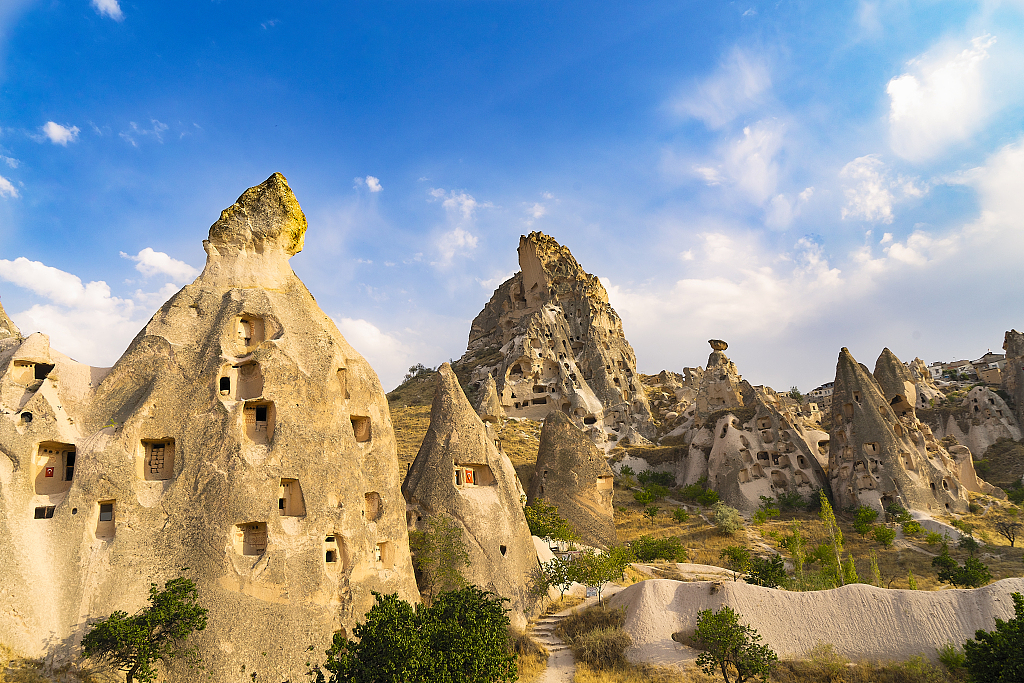
Turkey is among the world's top destinations for visitors. /VCG Photo
Turkey's varied habitats have produced bountiful species diversity. Since the advent of agriculture, Anatolia which makes up the majority of modern-day Turkey, has been home to numerous indigenous plant varieties. The country has 43 national parks, including the famous Göreme National Park, where one can see breathtaking fairy chimneys; Munzur Valley National Park, a large and biodiverse park located in eastern Anatolia; and Köprülü Canyon National Park, a nature haven known its impressive canyon and wild beauty. Besides the fantastic landscape, the transcontinental country has also left its unique mark on world history. Today, Turkey is among one of the fastest-growing economies in the world.
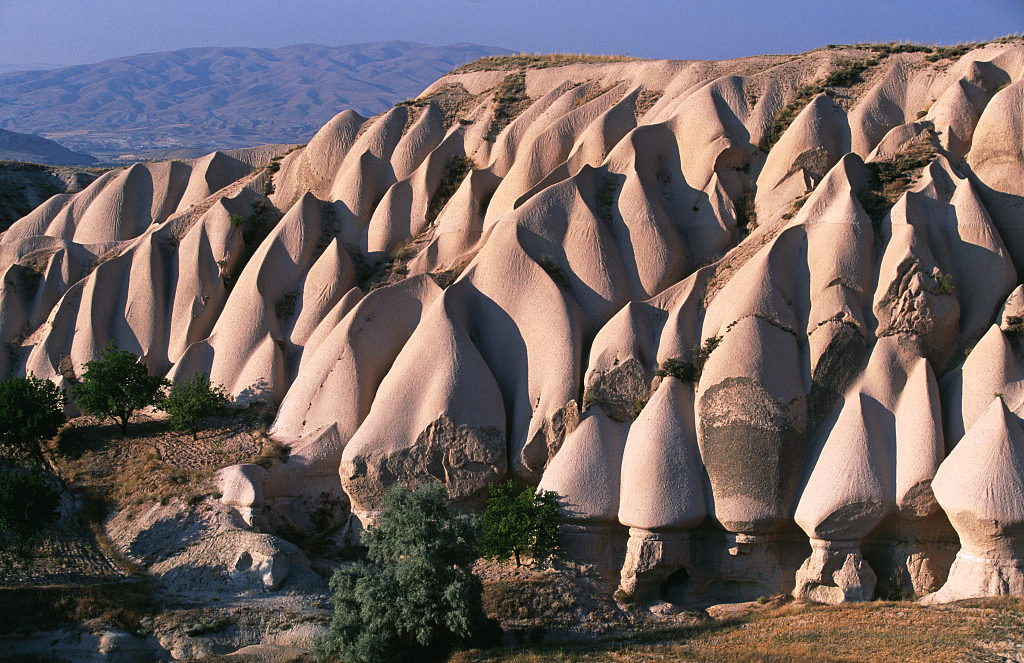
Göreme National Park, Turkey. /VCG Photo
In this article, we introduce three pants that are commonly seen in Turkey.
Tulips
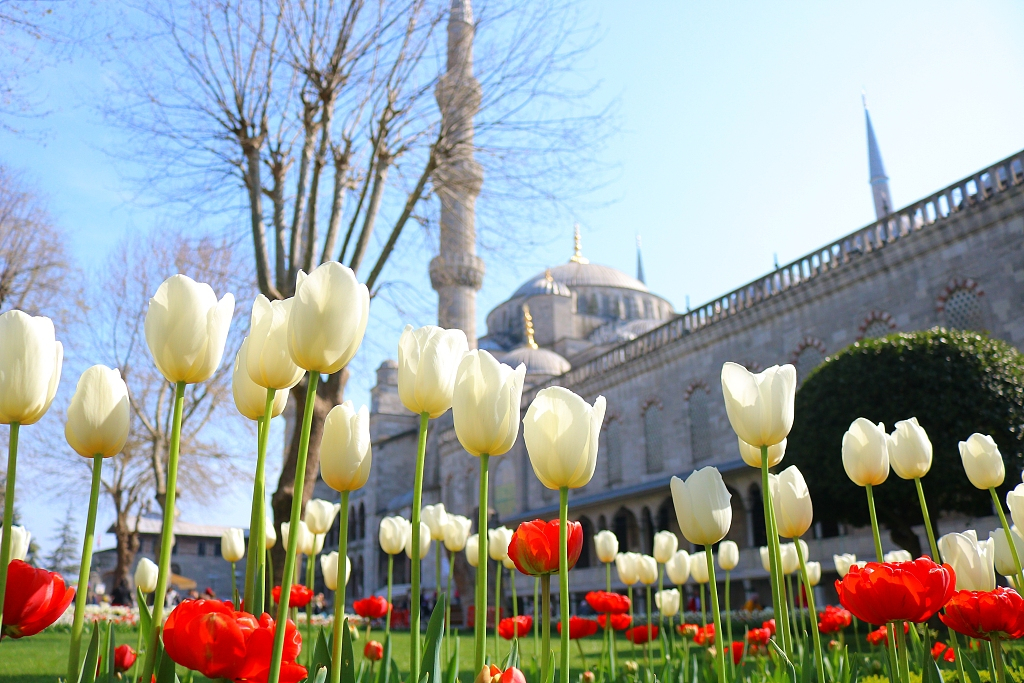
Tulips in Istanbul, Turkey. /VCG Photo
Tulips have a very special role in Turkish history and culture. The beloved flower was an important part of Ottoman garden design. Thousands of cultivars were produced. Due to the Ottoman obsession for tulips, the period from 1718 to 1730 is known as the Tulip Era. Therefore it is no surprise that in the early 18th century some tulips fetched exorbitant prices. From markets to textiles, images of tulips could be seen everywhere. Today, the spring-blooming perennial is still considered the embodiment of beauty.
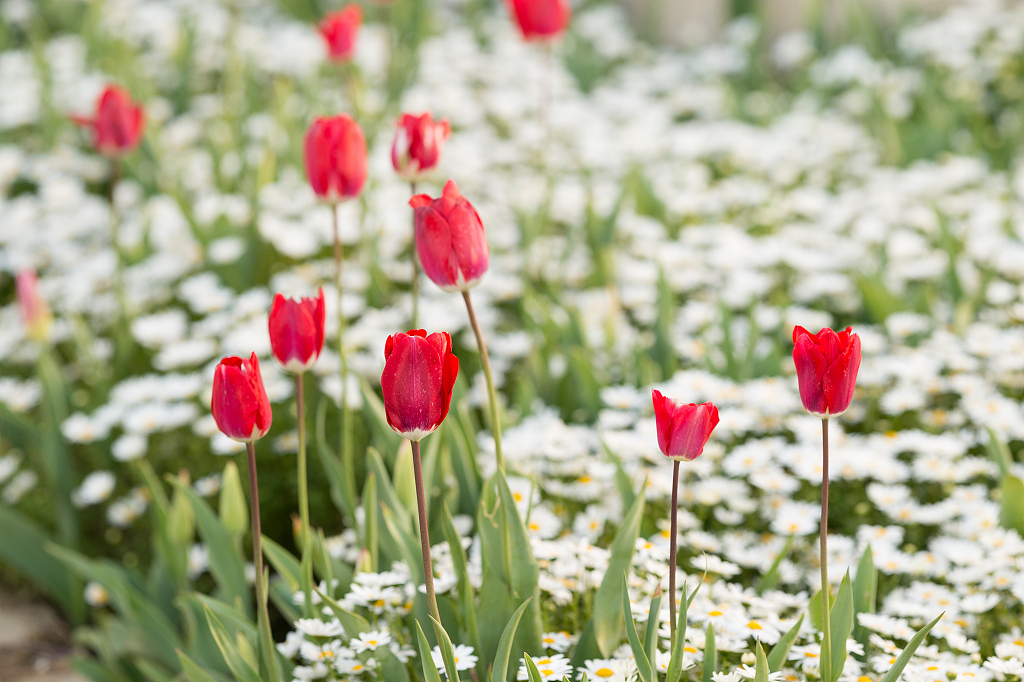
Tulips. /VCG Photo
Each year in April, Turkey puts on the Istanbul Tulip Festival in its economic, cultural and historic center. Millions of tulips are planted in Istanbul's open spaces and workshops, concerts and exhibitions are held to promote the love of Tulip. If you plan to travel Turkey next, don't miss out this amazing festival!
Figs
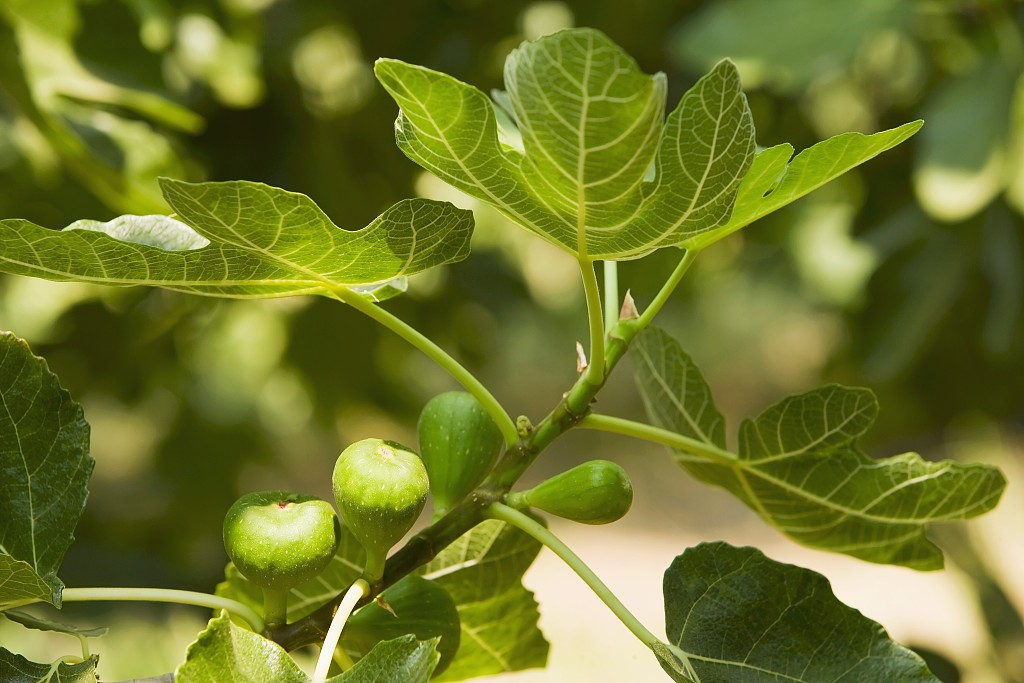
Figs are widely cultivated in countries that have a Mediterranean climate. /VCG Photo
The fig plant is native to western Asia and the Middle East and is a flowering plant in the mulberry family. Its fruit, also called fig, is a popular food in the Mediterranean since ancient times. The fruit is rich in fiber and considered a great anti-oxidant. The dried fig is used in many desserts.
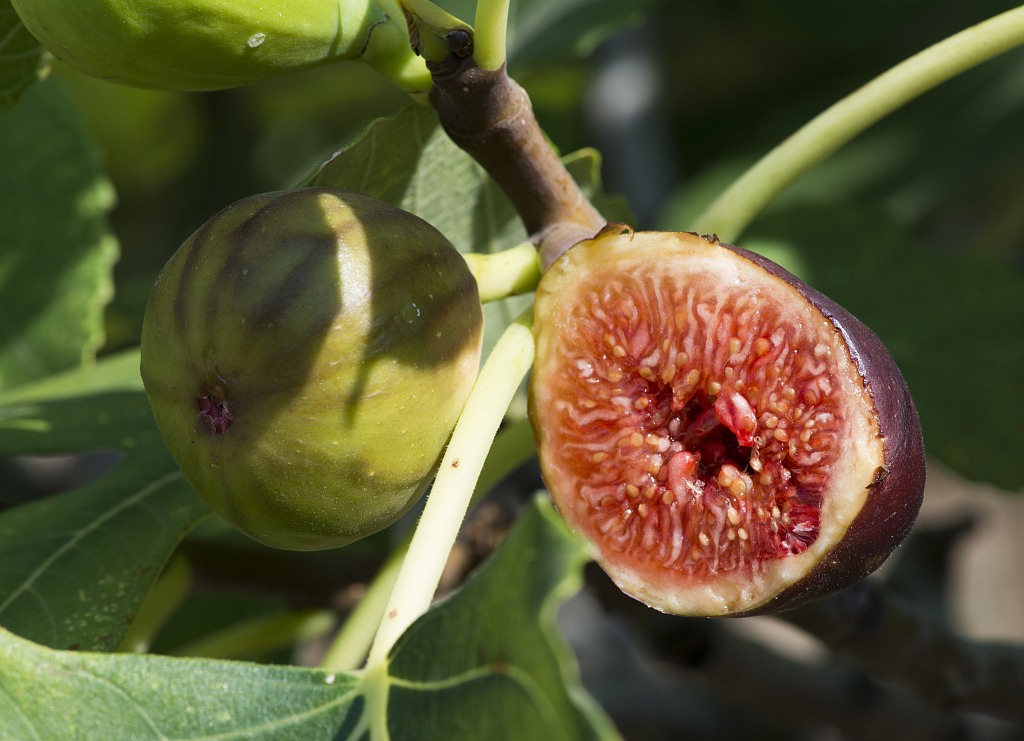
Figs have been a popular food in the Mediterranean since ancient times. /VCG Photo
The plant is widely cultivated in the countries in the Mediterranean climate zone. With a share of about 23% of the world fig production, Turkey is a major fig producer and exporter. The plant has fragrant leaves. However, we will never see blossoms on a fig tree because the fruit is the blossom. The fig we eat is not technically a fruit, but an inverted flower. The flower needs a fig wasp to reproduce and secretes ficin, a special enzyme, to break down the dead insect's body.
Pistachios

A Turkish dessert. /VCG Photo
Turkey is noted for its food. From popular kebabs to pilav, a delicious Turkish specialty, Turkish cuisine is always an enjoyable surprise for visitors. Among all culinary delights, perhaps the most famous one is the delicious baklava filled with pistachio nuts. Gaziantep, a province located in Southeast Turkey, is especially known for its high-quality pistachios. It's Turkey's pistachio heaven and a hub that draws world foodies and history lovers.
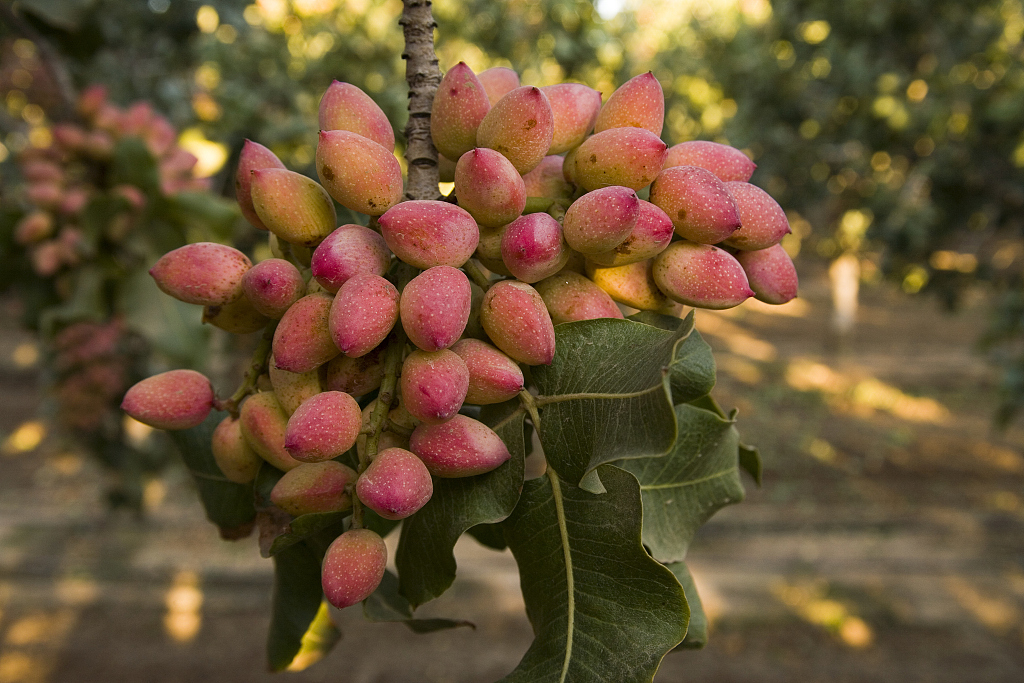
The pistachio is a desert plant. /VCG Photo
The pistachio is a desert plant and is fairly hardy. They need plenty of sunlight and well-drained soil. The major producers of pistachios are Iran, the United States, China and Turkey.
About 'Plants & Nations'
Plants & Nations is a series of articles and pictures about common plants in the world. It serves as a guide to beautiful plants from different countries.
(Top image via VCG)
(If you want to contribute and have specific expertise, please contact us at nature@cgtn.com.)

Copyright © 2018 CGTN. Beijing ICP prepared NO.16065310-3
Copyright © 2018 CGTN. Beijing ICP prepared NO.16065310-3